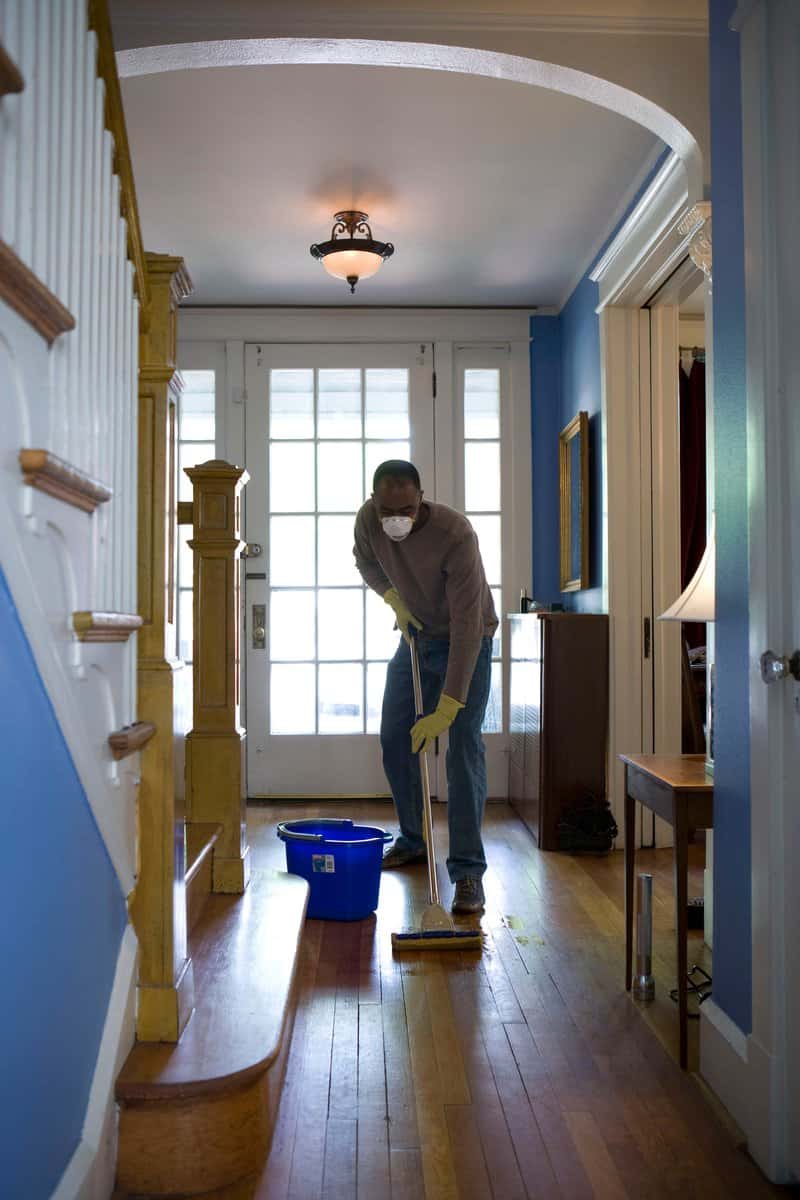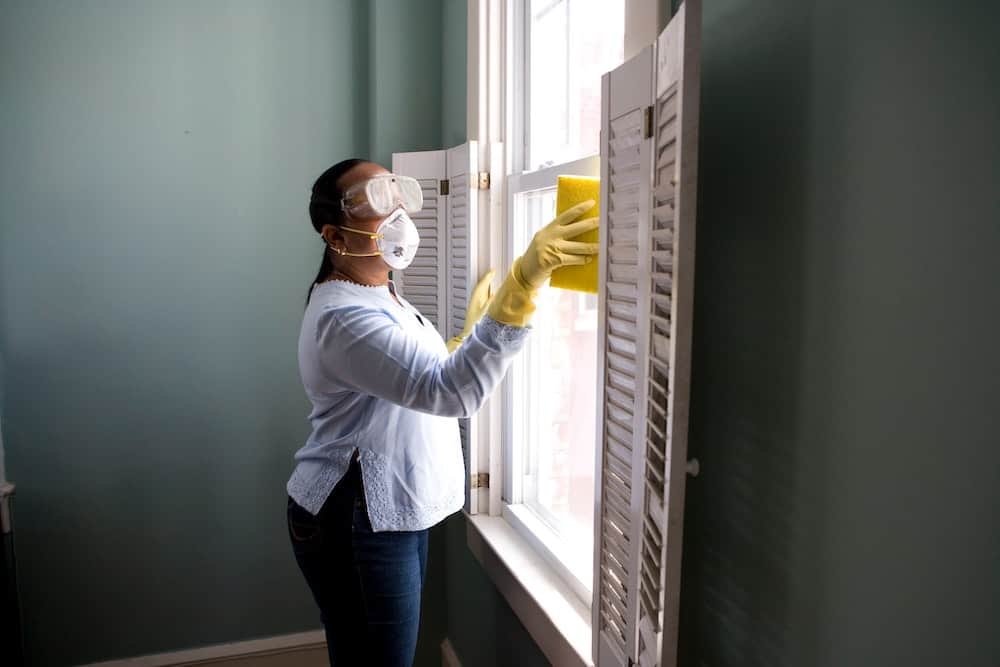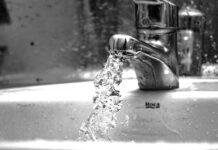Older residents are more vulnerable to germs and diseases like viruses, and for this reason care homes should be kept scrupulously clean.
When you are checking out a care home for the first time, make sure you look beyond the cheerful vase of flowers at reception – which is usually kept reasonably clean and tidy as it is the first thing visitors see, and everyone wants to give a good first impression!
Here are some things to look out for to make a measured judgement about the cleanliness of a care home.
The Staff Look Clean
Staff uniforms are clean and crisply ironed.
Obviously, make allowances for some wilting during the day as they work a long shift in a home specialising in dementia care in Somerset, for example, but in general, any splashes or smudges should be obviously fresh, with no ground in dirt or grime to be seen.
Hair should be neatly off the face and well groomed.
Another interesting fact is that happy staff look more polished than those who are underpaid and overworked, so if the staff seem content with their lot as well as being clean, with good hand-washing habits, this is a promising sign.
The Carpets are Vacuumed
Dusty carpets can be the first sign that the cleaning schedule is not as rigorously maintained as it should be.
This can be an enormous problem for residents with poor respiration due to lung-issues, respiratory diseases or even conditions like asthma and emphysema.
Check the carpet behind doors and under tables to see how scrupulous the cleaners are and get a measure of the home’s general cleanliness.
There Are Dedicated Cleaning Staff
Speaking of cleaners, homes which expect their nursing staff to take care of the cleaning too can often be a little slipshod as they will, obviously, prioritise the patients’ care, sometimes letting the cleaning go a little too long between vacuuming, window washing or cleaning the skirting…
Dedicated cleaners will stay on top of these and other niche jobs that are often overlooked by those who are not trained to check things like the tops of plug sockets, the top of doors and that really fiddly bit behind the loo…

Rosters Are Kept
Cleaning is a funny business, with each person preferring a different task – this can mean that the lounge is seldom cleaned, while the bathroom is almost worn away with scrubbing and disinfecting!
For this reason, rosters should be put into place detailing which place should be cleaned when, so the cleaner can move through the whole care home ticking off their tasks as they go.
It is also useful if there are two or three cleaners all working at the same time – equally dividing up the work can see them thoroughly work over the whole building in a fraction of the time without any work being skipped or duplicated.
There is A Good System in Place
In food service, the traffic light system is in operation, and this translates very nicely to care home. Red mops, brooms, buckets and cleaning cloths are for useful in bathrooms and toilets, while green is used in public or communal areas.
Sometimes cleaners will wear booties over their shoes in these places to ensure no cross-contamination takes place.
Yellow can be used in the kitchen, while green is used in other areas – such as the office which is non-food; more sanitary than a bathroom; and not open to the public – there are a whole range of colours to suit all the care home’s possible designations.
When these strictures are adhered to, the safety of the whole building is more assured, with germs and contaminants literally unable to spread from one place to another.
When you know what to look for, you will soon be able to easily spot whether your chosen care home is a clean and caring one.







